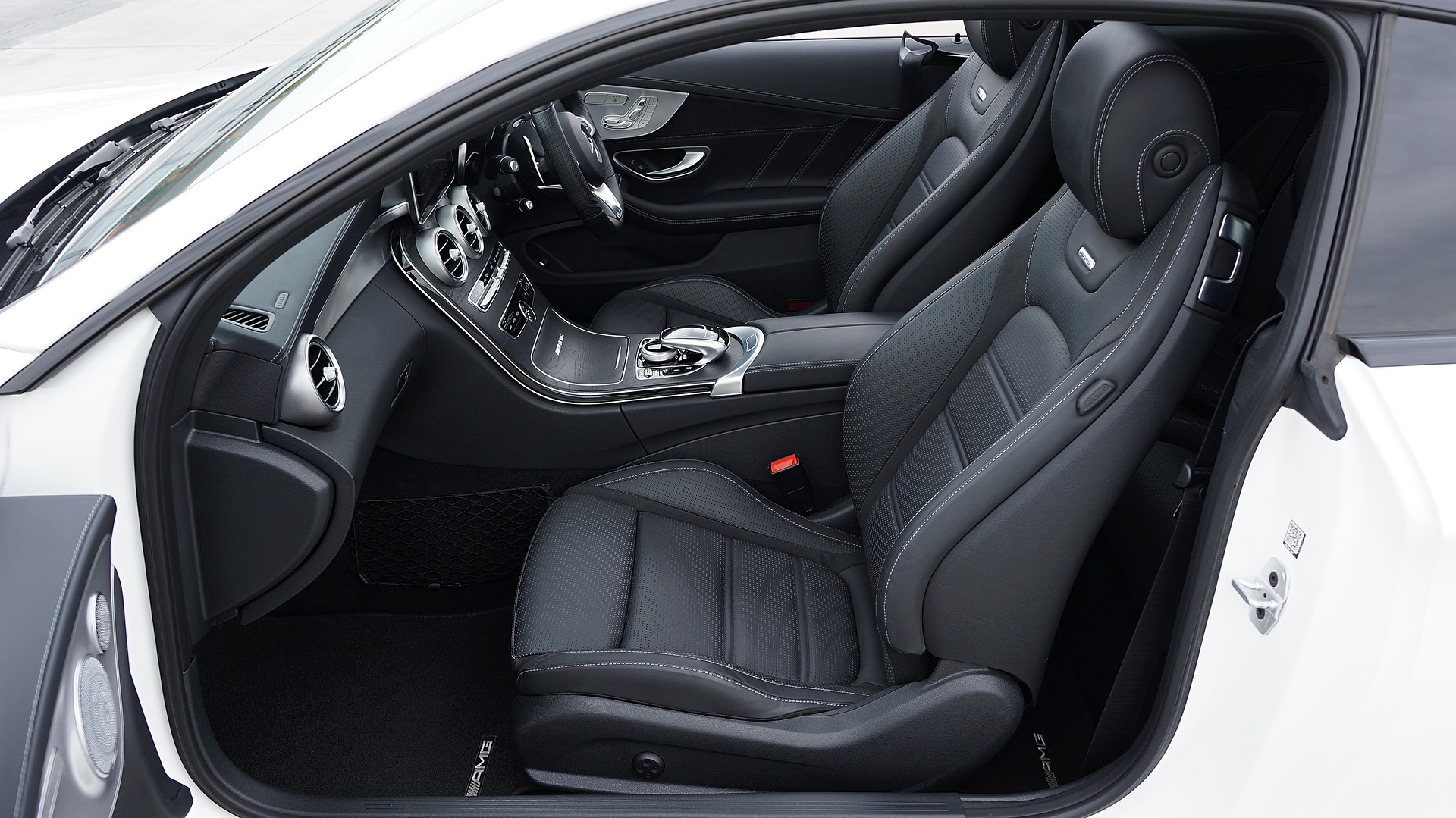How to install new seats for a car. Separate the stand from the base. Most rear-facing seats have two parts: the base and the luggage rack. You will install the base, the part that remains on the car. Follow the manufacturer’s instructions for removing the stand from the base. Usually there is only one lever or button to activate. Anchor the base to the back seat of your car. Many car seat bases include an attached belt with two hooks that can be locked into designated locations near your car’s seat belt area. If your car manufacturer has included them, snap the hooks onto the metal bars in the designated locations. Tighten the anchor belt attached to the base until the base is snug against the seat.
Check the manufacturer’s instructions if you’re not sure if your car or seat has this option or how to use it. There may also be a place to thread the car’s seat belt through the base for added security.
How To Install New Car Seats – explained
Pass the seat belt through the base alternately. If your car seat does not use the anchor system, it will be secured to the rear seat with the car’s seat belt. Thread the belt through the designated openings in the base and buckle. The seat belt must fit properly and not be twisted or coiled. Read the instructions to study where you are supposed to put the belt if you are not sure. Every vehicle and seat is different, so it’s important to get it right. Failure to fasten the seat belt correctly can increase the risk of injury to the child in the event of an accident.
Insert carrier into base
Place it on the base so that the child is facing backwards. It should click when it is in the correct position. Then you can practice taking the carrier off (by activating the lever or button) and putting it back on to get familiar with things.
How to install new seats for a car – check the angle of the base.
Rear-facing car seats usually have bases that can rest at different angles. Younger children should be in the most reclined position. This helps them breathe properly. Most baby carriers have level indicators. Once yours is in place, read this level to see if the seat is at the correct angle for your baby’s weight/height/age. Check the manufacturer’s instructions for how to read the level correctly if it is not clear. Change the angle of the base if the level is not correct or your child. Usually this involves flipping the base and spinning a piece. Don’t forget to change the angle later (or switch seats) if baby outgrows a fit.
A newborn is too delicate to use a car seat.
In fact, newborns and babies, in the smallest and most delicate stage of life, are precisely the ones who should travel in a car seat. In addition to the physical characteristics described above, infants and toddlers under the age of 2 are at an even greater disadvantage in an uncontrolled car accident: the skull bones have not yet fused, the neck and spine have not yet developed completely, which makes them even more susceptible. to brain damage from head injuries (which are the most common injuries children sustain in car accidents).
Children outgrow car seats.
Only once a child is 5 feet tall can he directly use an adult seat belt. Until then, guidelines from the American Academy of Pediatrics state that babies should use rear-facing seats until their head is above the top of the seat, which is usually around 2 years of age. The child should then be moved to a forward-facing seat until she outgrows it, usually around age 4. The child should then transition to a booster seat until he is 5 feet tall, which is usually around age 8.
The good news is that changing your child’s safety kit doesn’t have to ruin it; many car seats are designed to convert as your child grows. (Check out this helpful online resource for choosing your first car seat.)
How to install new seats for a car – Younger siblings can use second-hand car seats.
Most child car seats have an expiration date. Therefore, when using second-hand seats, make sure you check all the important information. If any of the straps or buckles are damaged, the ability of the seat to protect your child is compromised.
